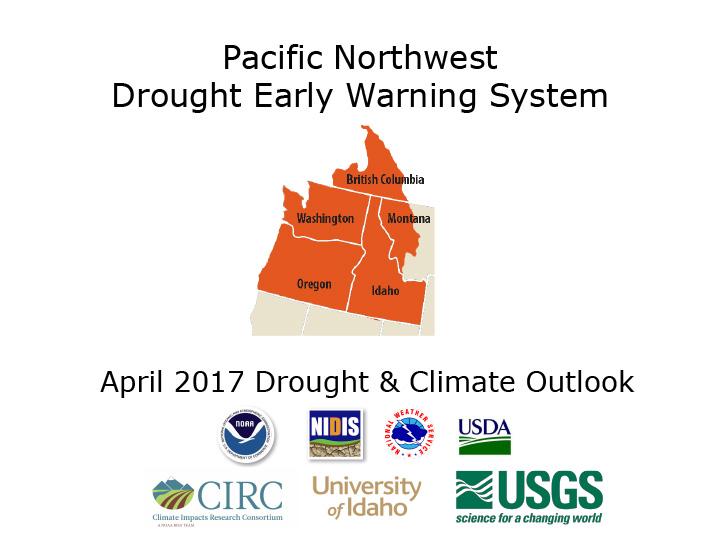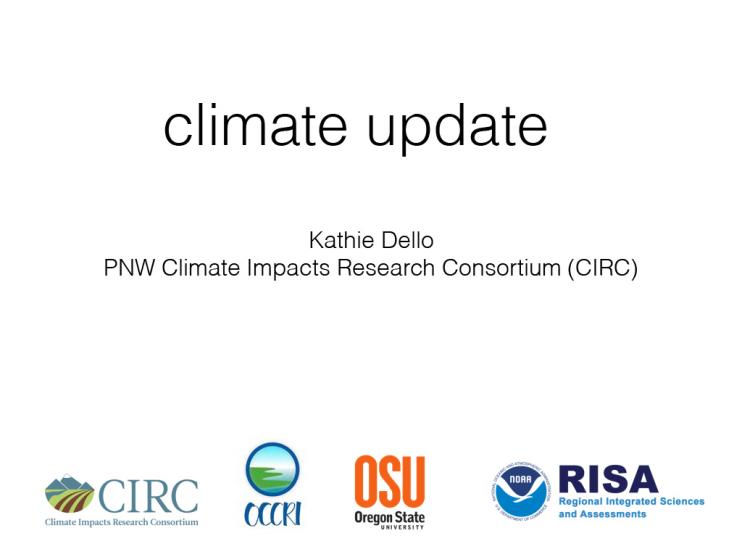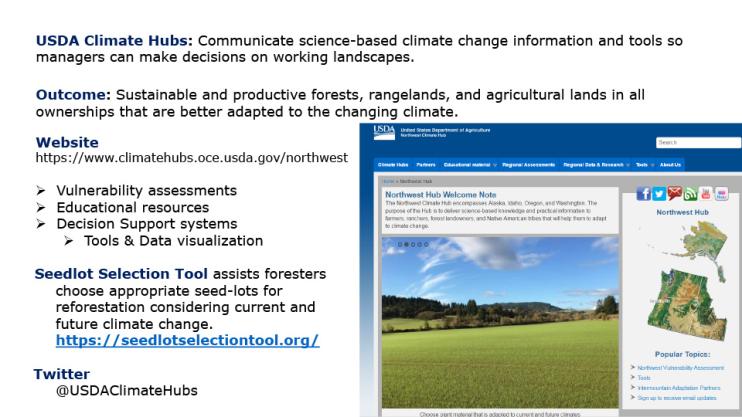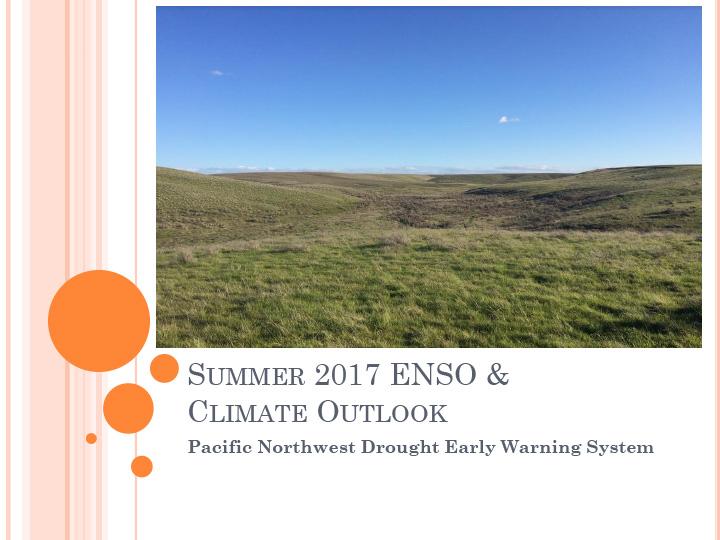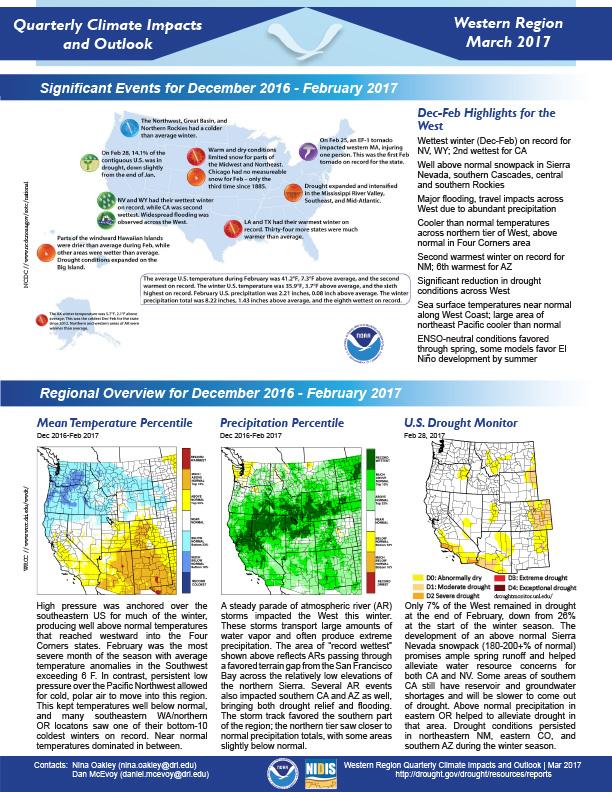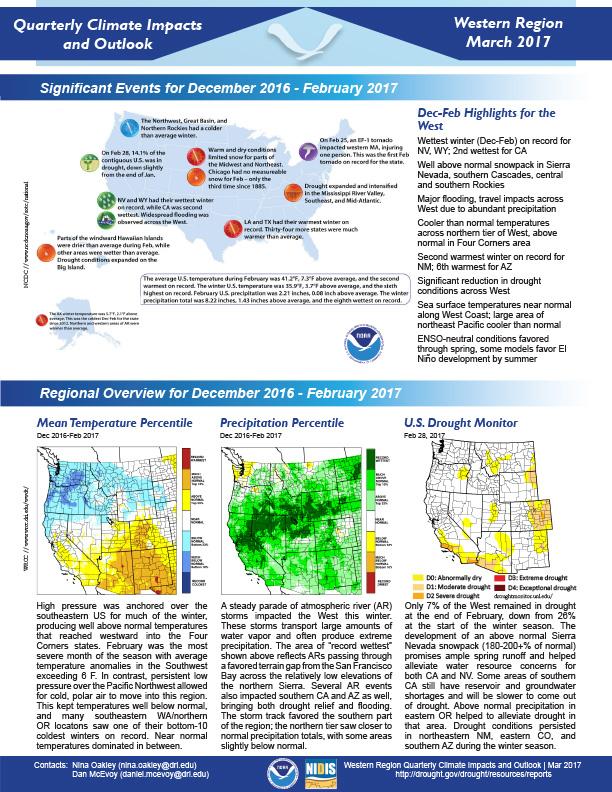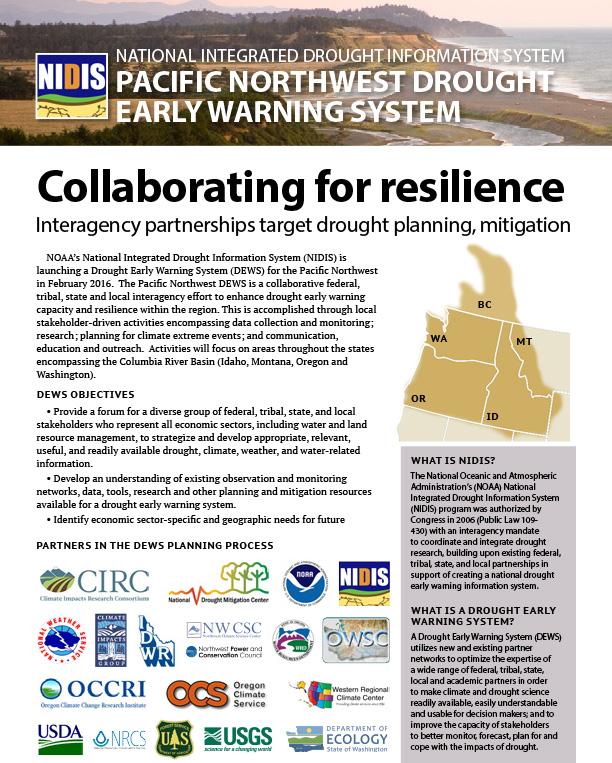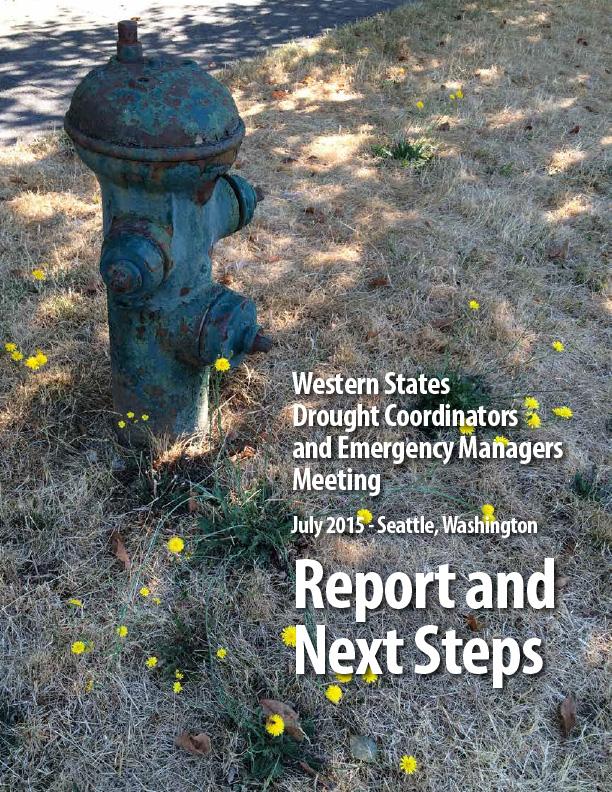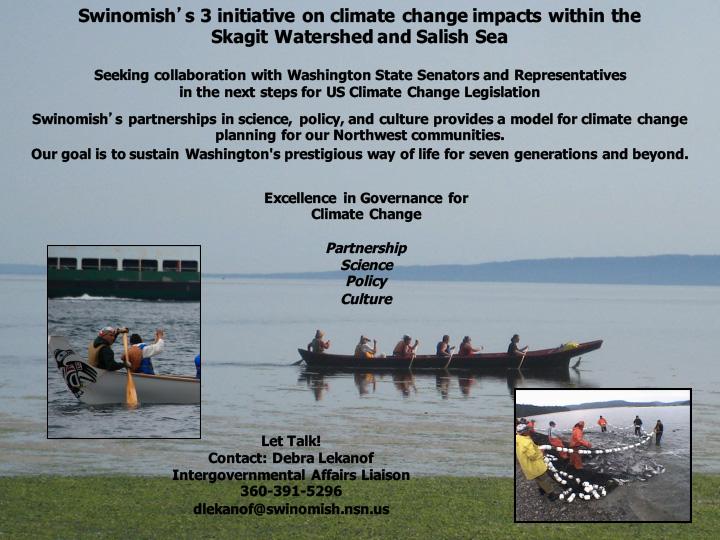For the latest forecasts and critical weather information, visit weather.gov.
Agenda; what is NIDIS; what is a DEWS; information about the Pacific Northwest DEWS; upcoming events.
Data and maps summarizing conditions in the Pacific Northwest: U.S. Drought Monitor; precipitation and temperature; snowpack; reservoir storage; streamflow.
Basic information on the USDA Climate Hubs.
Current and forecast ENSO conditions (El Niño/La Niña) for summer 2017; climate outlooks for temperature and precipitation through September 2017; drought outlook through July.
An overview of grazing and fuels and their relationship to wildfire. Summary:
- Grazing can reduce fuels.
- Grazing will not stop fires under very hot & dry conditions.
- Grazing can reduce cheatgrass & grazing can increase cheatgrass.
- Grazing can reduce fire intensity & promote recovery after fire.
Quarterly Climate Impacts and Outlook for the Western Region for December 2016 – February 2017. Dated March 2017.
HIghlights from December 2016, January and February 2017 for the Western states include:
Describes the planning process leading up to the launch of the Pacific Northwest DEWS.
Report from first-ever meeting of state drought coordinators, emergency managers and state climatologists from across the West on July 21-22, 2015, to discuss emerging best practices in forecasting, planning for and responding to drought, and recent lessons learned. Held in Seattle, WA, hosted by NOAA, NIDIS, National Drought Mitigation Center (NDMC) and the Western Governors’ Association (WGA). Representatives from 16 of the 19 states within WGA attended (AK, AZ, CA, CO, ID, KS, MT, NB, NV, NM, OK, OR, SD, TX, UT, WA, WY).
A presentation that was given at the Tribal Climate Change Adaptation Planning & Inter-Governmental Coordination Workshop which took place October 5-6, 2010 in Boulder, Colorado. Presentation was given by Debra Lekanof of the Swinomish tribe of Native Americans. Talks about the issues facing the Swinomish tribe as a result of climate change and uses experiences from the reservation as a case study.


